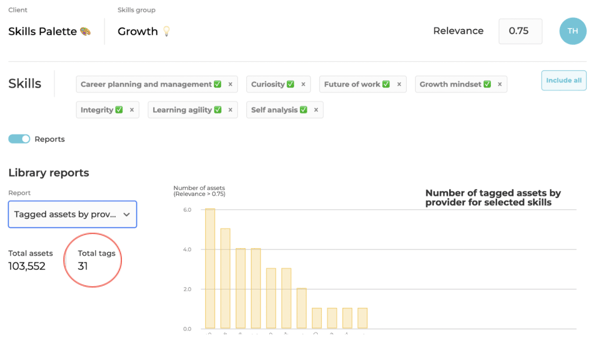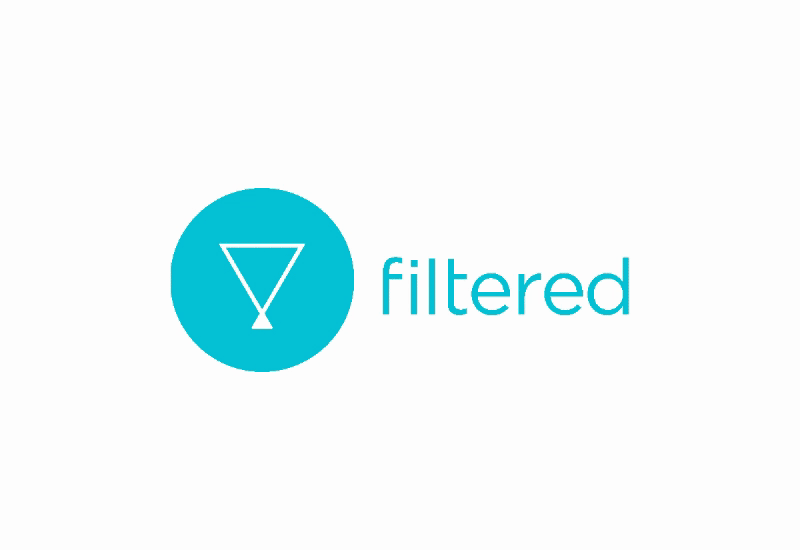Skills gap: the difference between the skills required for a job and the skills your team actually has.
Said another way, skills gaps exist where an employee is deemed by their employer to be not fully proficient.
For the largest firms, the analysis indicates that 72% of firms with skills gaps see an impact on firm performance. (This, and the following summary was uncovered in an economic assessment of skill gaps on firm productivity, a research paper compiled by London Economics on behalf of Filtered.)
Performance impact includes:
-
Losing business to competitors
-
Delays in product/service development
-
Difficulties in meeting quality standards
-
Higher operating costs
-
Difficulties introducing new practices
-
Increase workload for other staff
-
A need to outsource work
The most commonly reported impact of skills gaps is the increased workload of other staff. This, in turn, can negatively impact employee morale. A double whammy, if you will.
But here is the thing: The most common response to negate the impact of skills gaps is to increase training. In industry terms, this is called a “training needs analysis.” Think: boring work assessment surveys you’ve completed for yourself or on behalf of someone else.
Increasing training is the wrong(ish) solution.
To be clear, at Filtered, we are not against increasing training. But how that training is executed is where we believe there is a huge opportunity.
Specifically, the skills gap analysis that must be performed (yet is often overlooked) is a skills gap analysis on your learning content.
The idea of performing a skills gap analysis on learning content is a relatively new way of looking at skills — one we fully embrace here at Filtered.
Now that you know the why, let’s dig into the how.
Content overload
A proper skills gap analysis on learning content starts with, well, the content.
And as we’ve said many, many, MANY times before.
We posit that the #1 problem in learning content is overload.
This was a problem a few years ago and is only getting worse. LinkedIn Learning has about 20,000 assets. 40,000+ for Skillsoft; 8K for GetAbstract; 3K for MindTools. There are over a month’s worth of TedTalks floating around the Internet. Oh, and 60,000+ years of YouTube.
Yet, the average employee only has 24 minutes a week to learn.
The disconnect is glaring, right?
How to tame the content overload beast
Content is like toys.
Every kid (read: department) needs her own particular toys. But the adults/bosses (read: C-suite) also tend to buy toys they think are “cool” or “must-have” for whatever reason.
These toys all have different functions, but, in aggregate, there are way too many toys. Fine, I may be projecting a bit. We have 4 young kids, what can I say?
Moving from toys back to the work world: The different personas involved in the content buying process mean we need different content sources, which can result in — you guessed it — a messy content overload beast.
Just like toys scattered all over your house, some day you’ll need to make some tough (tearful) choices and donate/throw out some of those toys (learning content).
Fact: There is (way) too much content for any human being to think about easily.
We can agree on that, yes?
But it’s not as simple as culling through your reams of learning content and “throwing out the bad stuff.” Sure, pulling the plug on some paid content can save a lot of money (see how Filtered helped GSK identify its priority business skills and rationalise the content vendor pool for a £300k annual cost saving).
We definitely recommend that be part of your process. But that’s just a part. You must also have a system in place to organise your content.
For learning, that system is skills.
Skills fit naturally with learning. And it turns out … skills are HOT right now. Everyone is talking about them. In fact, 93% of businesses saw reskilling and upskilling as the number one priority for 2021.
The marriage between skills and content
Skills and content are like peanut butter and chocolate. Sure, you can have one without the other, but dang if it isn’t magical when the two are paired together.
Unfortunately, when it comes to talking about skills and content in the same breath, content vendors often fall short, full of excuses:
- Sure, but our library covers that. It may, but only at a superficial level!
- Well, we can curate content into our system. But really?
- Yeah, but our system actually builds content to cover skills. Are ya sure?
- We have amazing coverage of that skill. Truth: the content hasn’t been updated since 2004!
- We really have comprehensive coverage. Spoiler alert: You don’t.
The only way to truly know how well your content is aligned with skills is to find out objectively. In Filtered-speak, that’s done by running a skills gap analysis on your content.
Here’s how that’s done:
- Decide on your priority skills based on …
Company strategy: Are you going all-in on digital transformation and sustainability? Is massive growth in the plans for the next 2-3 years?
Bottom-up level data: Consider search terms, observed training needs, and so on. - Define these skills with your own unique definitions. Don’t rely on Google or Wikipedia to define the skills that matter to your organisation.
- Analyse all of your content metadata in this lens. We certainly recommend something like Content Intelligence.
- Roll that analysis into a summary to uncover apparent gaps. See the screenshot example below around skills in the “growth” skill group. Not a lot of coverage there even amongst major content libraries. You’ve found a (big) gap for an essential modern capability area.

If you want to get into the nitty-gritty on how you create your own transformative skills framework, we have you covered in this article.
A bit more about #2 …
Naming those skills that matter most to your organisation is so important.
At about the 30:45 mark of this webinar video, our CEO and co-founder, Marc Zao-Sanders, digs into why skills naming matters. In his example, he’s looking at “coping” vs. “resilience.”
Coping, according to Merriam-Webster, is “to deal with and attempt to overcome problems and difficulties.”
Resilience, according to Merriam-Webster is, “an ability to recover from or adjust easily to misfortune or change.
At their core, they both mean “to deal with (and overcome) challenges. But the nuance is essential.
As Marc says, “There is a difference between the meanings, the associations, the connotation. Tagging Internet content for “coping” will return some “pretty raw stuff,” he continues. This may work well for your context, your organisation, but it also may be way off.
If resilience is one of your core organisational skills, it may include a sub-set of “sleep management.” If that “sub-skill” does not apply, remove it. This process of continuous refinement ensures your skills and content are better matched.
Being intentional with your skills — and how they align with your content – from the start is so essential.
Filtered takes these skills (or competencies or behaviours) and creates flexible, harmonised tags that enable us to select and prioritise learning content quickly,

Try out a skills gap analysis on your content now, for free. Our free tool benchmarks the biggest content libraries against the top, in-focus, power skills.


